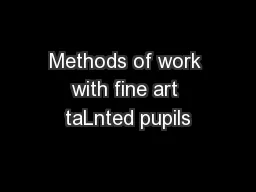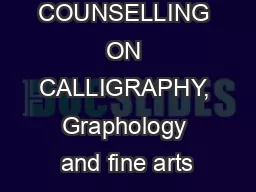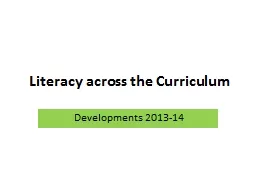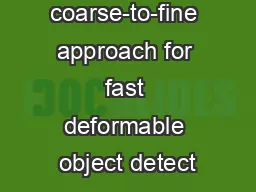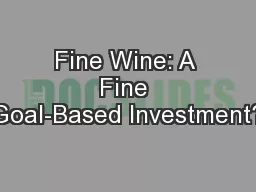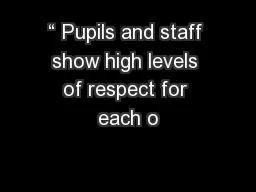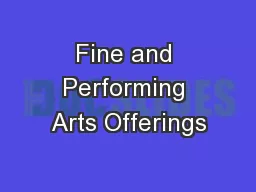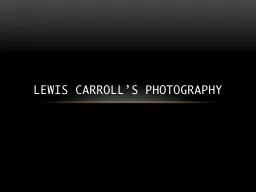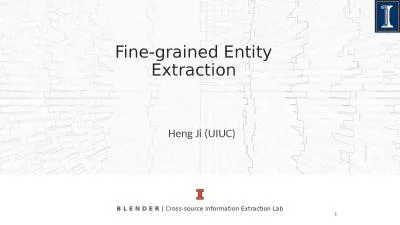PPT-Methods of work with fine art taLnted pupils
Author : karlyn-bohler | Published Date : 2015-10-20
We have an example of fine art talented pupils integration into regular classes of fine art instruction as follows 1 Work begins with the entire class on the basis
Presentation Embed Code
Download Presentation
Download Presentation The PPT/PDF document "Methods of work with fine art taLnted pu..." is the property of its rightful owner. Permission is granted to download and print the materials on this website for personal, non-commercial use only, and to display it on your personal computer provided you do not modify the materials and that you retain all copyright notices contained in the materials. By downloading content from our website, you accept the terms of this agreement.
Methods of work with fine art taLnted pupils: Transcript
Download Rules Of Document
"Methods of work with fine art taLnted pupils"The content belongs to its owner. You may download and print it for personal use, without modification, and keep all copyright notices. By downloading, you agree to these terms.
Related Documents

